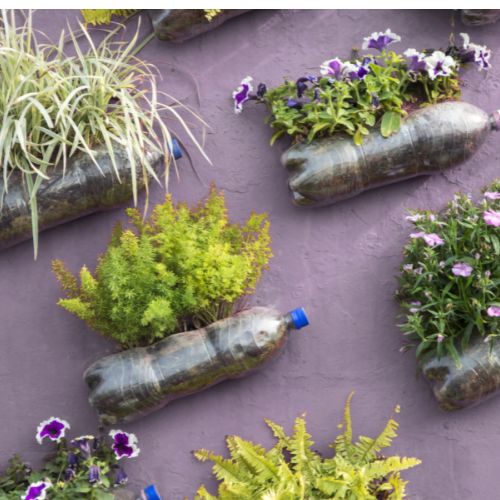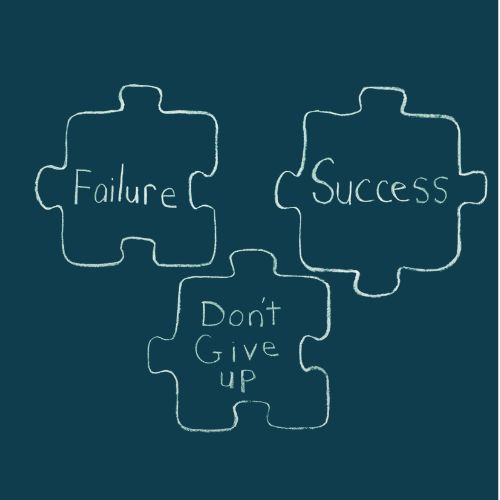
Eco-Friendly DIY: Turning Plastic Bottles into Garden Planters
As environmental awareness grows, finding creative ways to repurpose everyday items has become increasingly popular. One excellent way to contribute to sustainability is by turning plastic bottles into stylish and functional garden planters. This guide provides a step-by-step approach to transforming discarded plastic bottles into beautiful planters for your home or garden, helping reduce waste while adding a touch of greenery to your space.
1. Why Choose Plastic Bottles for Planters?
Plastic bottles are abundant and versatile, making them an ideal choice for DIY projects. Using them as planters helps divert waste from landfills and reduces your carbon footprint. Additionally, plastic bottles are lightweight, easy to handle, and can be customized to fit your style.
2. Materials Needed
To create your eco-friendly garden planters, gather the following materials:
- Plastic bottles (various sizes)
- Scissors or a utility knife
- Potting soil
- Plants or seeds of your choice
- Markers or paint (optional for decoration)
- Drill or sharp object (for drainage holes)
- Rope or string (for hanging planters, if desired)
- Decorative items (optional, such as stones, twine, or paint)
3. Step-by-Step Instructions
Step 1: Choose Your Bottles
Select plastic bottles based on the type of plants you want to grow. Larger bottles are great for bigger plants, while smaller bottles work well for herbs or flowers. Common choices include soda bottles, water bottles, or juice containers.
Step 2: Prepare the Bottles
- Clean the Bottles: Rinse the plastic bottles thoroughly to remove any residue or labels. This will ensure your plants thrive without any harmful chemicals.
- Cut the Bottles: Using scissors or a utility knife, carefully cut the bottles in half. You can either cut them horizontally or vertically, depending on your design preference.
Step 3: Create Drainage Holes
To prevent waterlogging, it’s essential to create drainage holes in the bottom of your planter:
- Drill Holes: Use a drill or a sharp object to puncture several small holes in the bottom of each bottle half. This allows excess water to escape, promoting healthy root growth.
Step 4: Add Soil
- Fill with Potting Soil: Fill the bottom half of the bottle with potting soil, leaving about an inch of space at the top. Use high-quality potting mix to ensure your plants have the nutrients they need to grow.
Step 5: Plant Your Seeds or Plants
- Sow Seeds or Transplant: If you’re starting from seeds, follow the package instructions for planting depth. If you’re transplanting seedlings, gently place them into the soil, making sure to cover the roots adequately.
Step 6: Water and Place
- Water Your Planter: Gently water the soil until it is moist but not soggy.
- Find the Perfect Spot: Choose a location with adequate sunlight for your plants. Depending on the type of plants, this could be a sunny windowsill, a balcony, or a garden area.
4. Optional: Create Hanging Planters
If you want to hang your planters, follow these additional steps:
- Attach String or Rope: Cut two equal lengths of rope or string and tie them around the neck of the bottle. Make sure they are secure and even.
- Hang Your Planters: Find a suitable spot to hang your planters, such as on a porch or in your garden. Ensure they receive the necessary sunlight and are protected from harsh weather conditions.
5. Decorate Your Planters
Personalize your plastic bottle planters to match your decor style:
- Paint: Use acrylic or spray paint to color the bottles.
- Markers: Write the names of the plants or create artistic designs with permanent markers.
- Add Decorative Elements: Use twine, stones, or other embellishments to give your planters a unique touch.
6. Benefits of Plastic Bottle Planters
- Eco-Friendly: Repurposing plastic bottles helps reduce waste and contributes to environmental sustainability.
- Cost-Effective: This DIY project utilizes materials you likely already have at home, saving you money on planters.
- Customization: You can create planters in various shapes, sizes, and colors, allowing for a personal touch in your gardening efforts.
- Space-Saving: Hanging or stacking plastic bottle planters is an excellent way to maximize space, especially for those with limited gardening areas.






